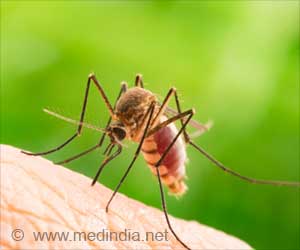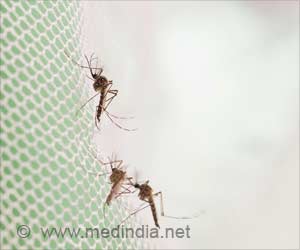The authors of a commentary in CMAJ (Canadian Medical Association Journal argue that non-invasive ventilation must be used during an infectious outbreak
The authors of a commentary in CMAJ (Canadian Medical Association Journal argue that non-invasive ventilation must be used during an infectious outbreak despite recommendations, which prohibit it.
Non-invasive ventilation uses a mask interface to ventilate the lungs of patients in respiratory failure, rather than a tube inserted into the trachea. Because suitable candidates for noninvasive ventilation avoid complications associated with endotracheal intubation, they have better outcomes compared to similar patients who are ventilated invasively.Prohibitions against non-invasive ventilation were implemented during the SARS (severe acute respiratory syndrome) outbreak in 2003 because it was thought that flow from the mask increased the risk of infectious transmission to staff. Since then, the World Health Organization, the United Kingdom's National Health Agency, the Hong Kong Lung Association, the American Association of Respiratory Care and Ontario's Provincial Infectious Diseases Advisory Committee have published guidelines that treat non-invasive ventilation as a high-risk procedure.
"During the SARS epidemic, the suggestion that non-invasive ventilation may increase the risk of disease transmission was considered sufficient justification to avoid its use. However in the 6 years since then, no convincing evidence has substantiated that theory. On the other hand, non-invasive ventilation has been proven to save the lives of some patients in acute respiratory failure", write John McCracken, a respiratory therapist at Peterborough Regional Health Centre in Peterborough Ontario Canada and Dr. Karen Burns of St. Michael's Hospital in Toronto.
"It is in no one's best interest for patients to undergo endotracheal intubation in cases where it could be avoided." "Given the available evidence, the precautionary principle would direct us toward the use of noninvasive ventilation during an epidemic," write the authors.
Source-Eurekalert
RAS
 MEDINDIA
MEDINDIA



 Email
Email




